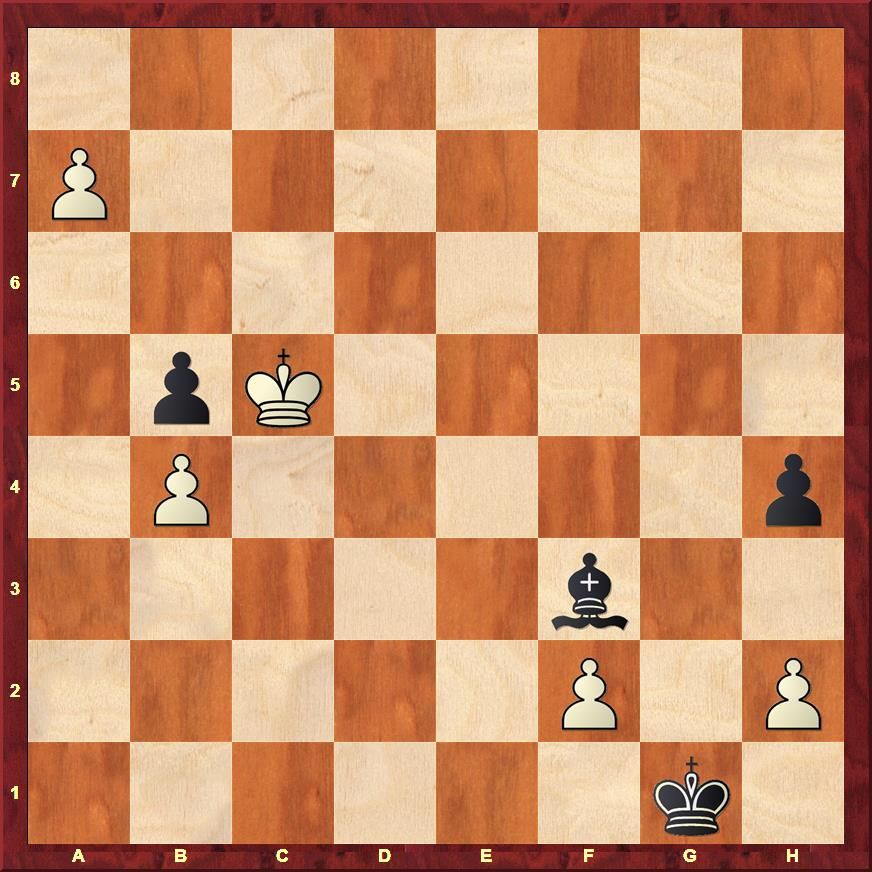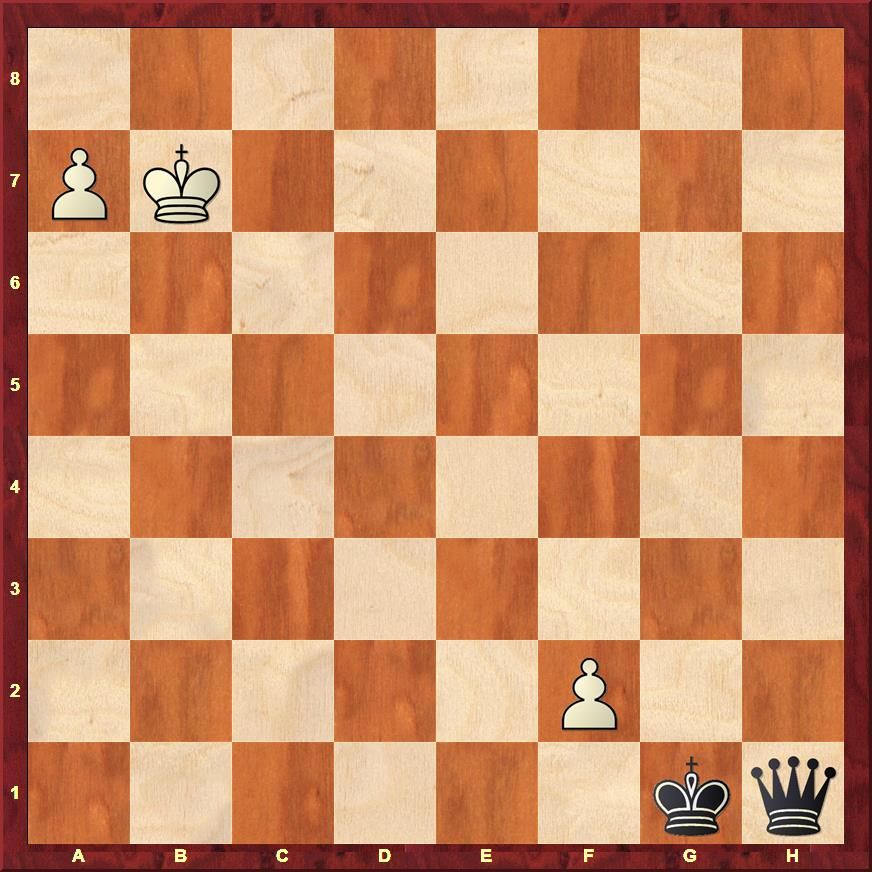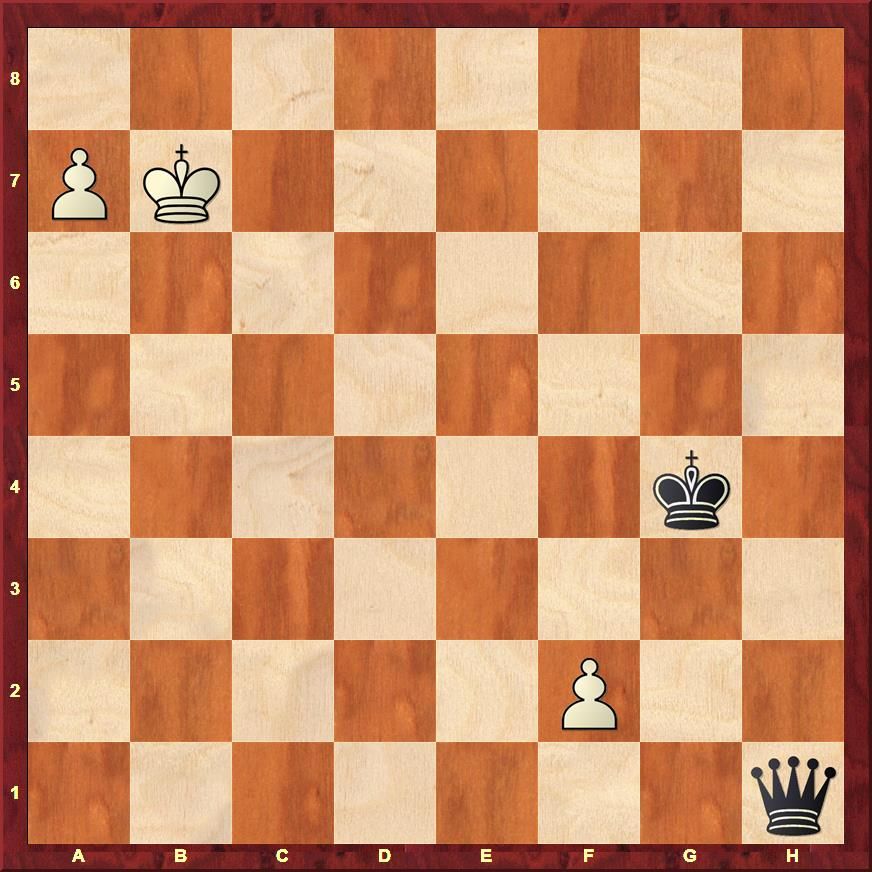Study the studies day 1: Give him an offer he cannot refuse!
Solving studies/compositions is an extremely potent way of improving your chess skills. When IM Sagar Shah was a young and upcoming player no one really told him about the importance of solving studies. Naturally he developed a feeling that cracking such positions isn't useful for practical players. Nothing could be farther from the truth. When he started working on the studies, his calculation improved dramatically! And now he shares his work with you. Starting today, we will be offering you a study to solve three times a week to ensure that you become a stronger player!
Study the Studies: Day 1
Composed by Ryabinin, 1991

WHITE TO PLAY AND DRAW.
Try your best to solve this position. I would say arrange the chess board and try to find the solution. You will improve as a chess player only if you try. If you check the answer you will enjoy the aesthetics and also learn a thing or two, but when you have tried beforehand, you realize what was it that you were missing. And not to forget, if you get the answer, there's that really sweet feeling of satisfaction.
SOLUTION:
It seems as though White's days are numbered. The B on f3 is controlling the a pawn excellently and the black king is ready to capture the h pawn and roll down his own pawn. In such a scenario, how do we begin our calculation?
We begin with the most natural move in the position. It would be incorrect to start with exotic ideas because we first need to know why our normal moves dont work. So the most obvious moves are 1.Kxb5 Kxh2 2.Ka6 Kg1 This is the best place to remove the black king as there will be no checks, just in case. 3.b5 h3 4.b6 h2 5.b7 Bb7 6.Kb7 h1=Q

Now if you know that a lone 'a' pawn on 7th rank draws against the queen, you will definitely try 7.f3. but if Black isn't your friend then he will spurn this juicy pawn and continue with 7...Qh7+!-+ after which you would have hoped that the treacherous f3 pawn never existed!
So we realise that f-pawn is the main problem and we must force black to take it. How can it be possible? Only if f3 comes with a check! and how can it come with a check? Only if black king is on g4!
And thus, from the start we get the idea of:
1. h3!! Kh2 2.Kb5 Kh3 3.Ka6 Kg4 (this is the only way. Kg2 would block the queens check.) 4.b5 h3 5.b6 h2 6.b7 Bb7 7.Kb7 h1=Q+

So what's the huge difference from the last diagram here? Well, as you can see the f-pawn now moves ahead with the threat to kill the black king 8. f3+! Qxf3 9.Kb8 and as we all know this is a theoretical draw!
Play over the moves on our replayable board:
[Site "?"]
[Date "1991.??.??"]
[Round "?"]
[White "Ryabinin, N."]
[Black "\[=0030.42c5g1\]"]
[Result "1/2-1/2"]
[SetUp "1"]
[FEN "8/P7/8/1pK5/1P5p/5b2/5P1P/6k1 w - - 0 1"]
[PlyCount "17"]
[EventDate "1991.??.??"]
[SourceTitle "Studies 2000"]
[Source "ChessBase"]
[SourceDate "2000.10.30"]
[SourceVersion "1"]
[SourceVersionDate "2000.10.30"]
[SourceQuality "1"]
h1=Q+ 7. f3 Qh7+ $1 $19 (7... Qxf3+ $2 8. Kb8 $11)) 1... Kg2 2. Kxb5 Kxh3 3.
Ka6 Kg4 (3... Kg2 4. b5 h3 5. b6 h2 6. b7 Bxb7+ 7. Kxb7 h1=Q 8. a8=Q $11) 4. b5
h3 5. b6 h2 6. b7 Bxb7+ 7. Kxb7 h1=Q+ 8. f3+ $1 {That's the point!} Qxf3+ 9.
Kb8 $11 1/2-1/2
Conclusion:
When you see a position, it is very necessary that you start your calculations from the most obvious move. Once you realize what is the problem with normal play, you can then improvise and find the first move h3!!. If you started your calculation with directly h3 then your approach isn't correct!
